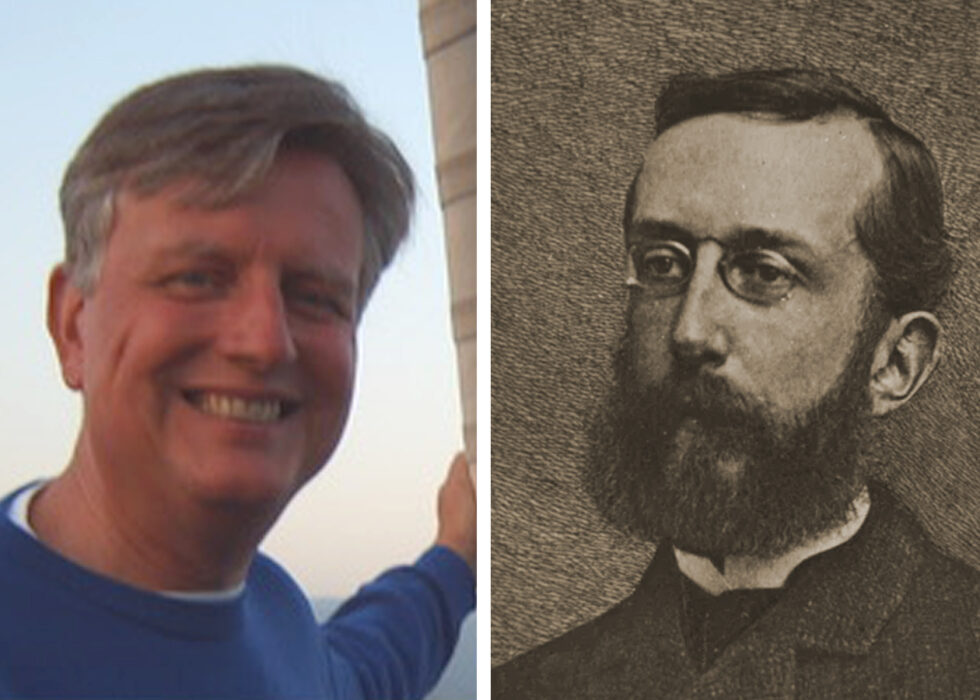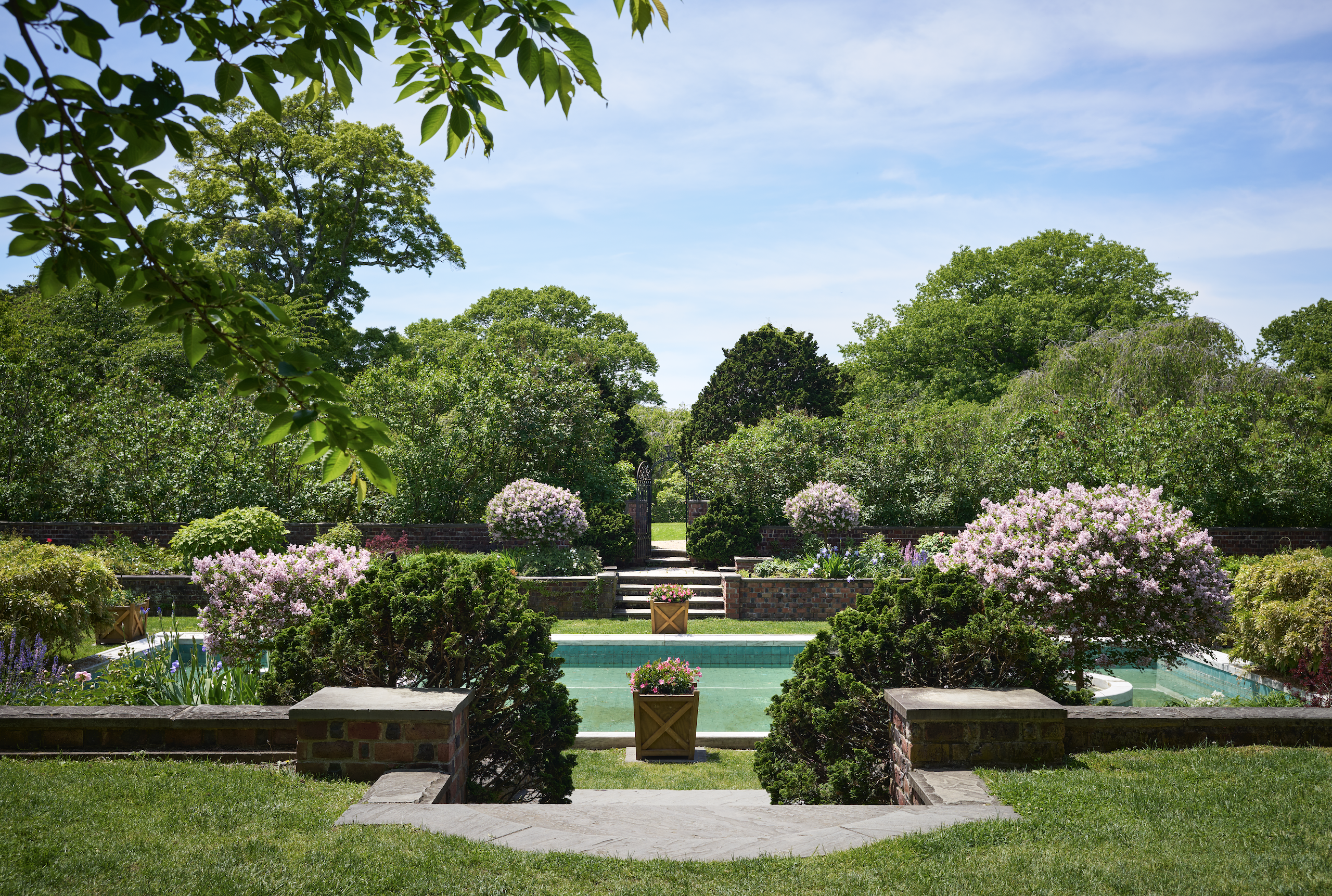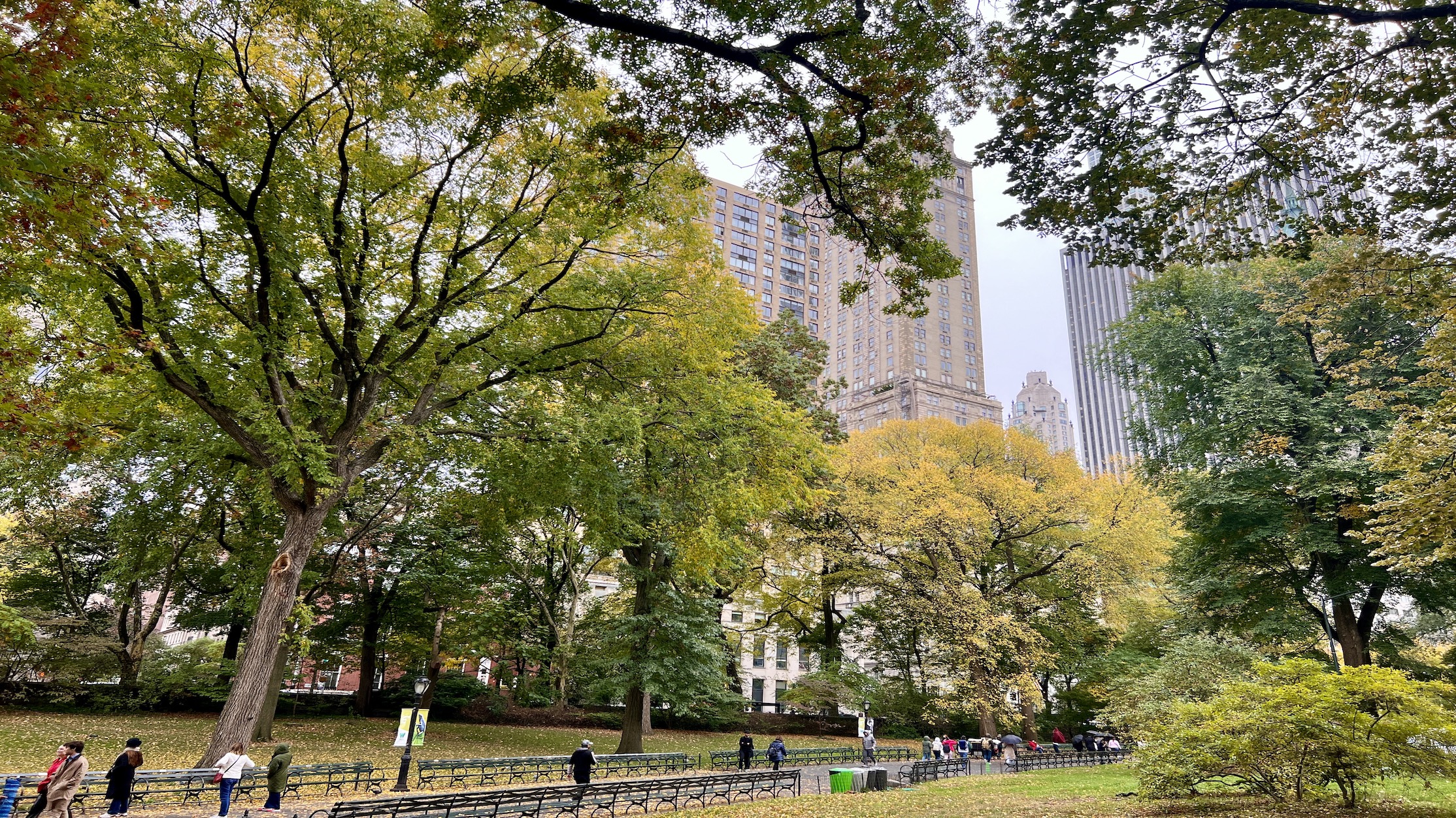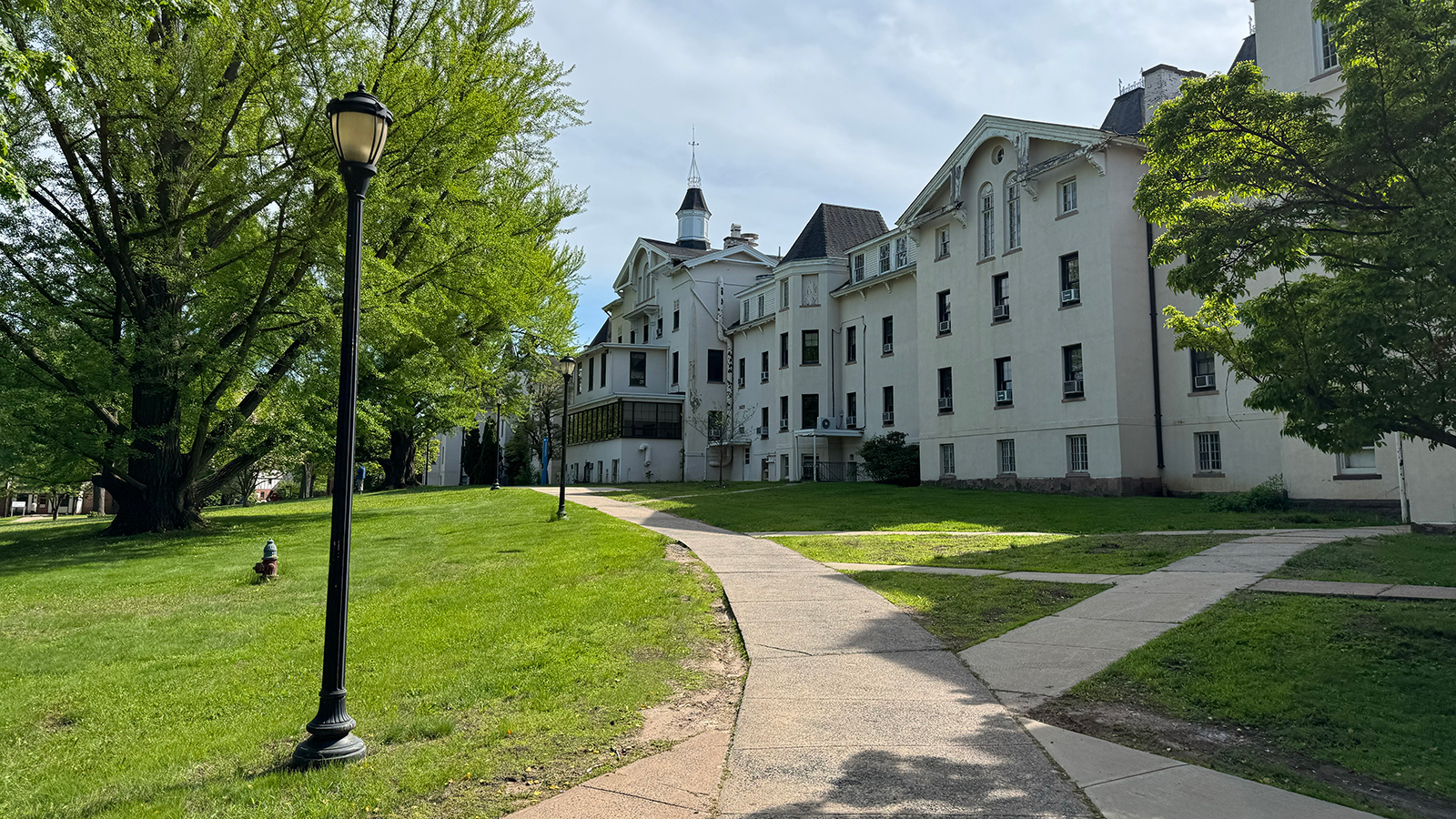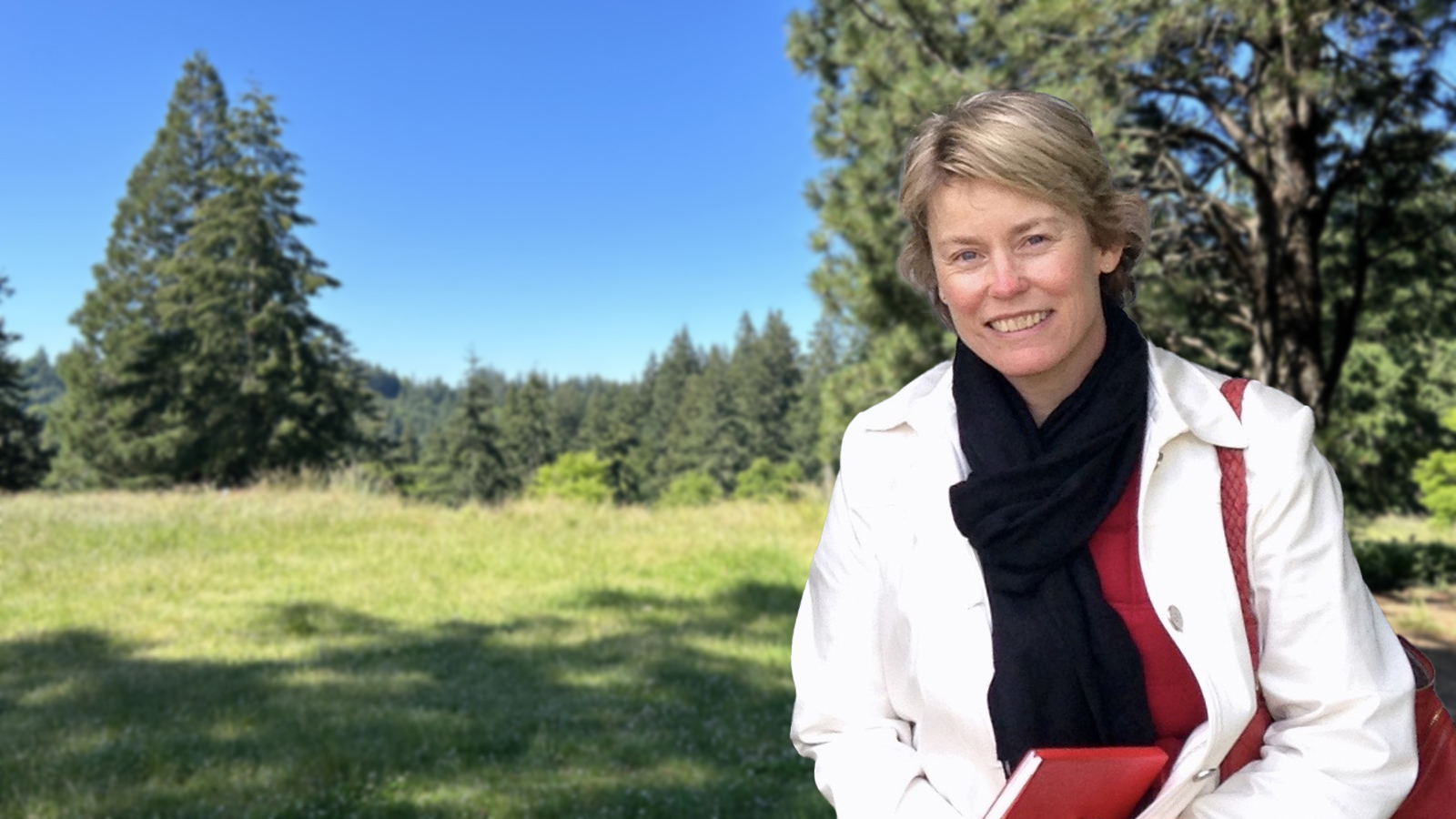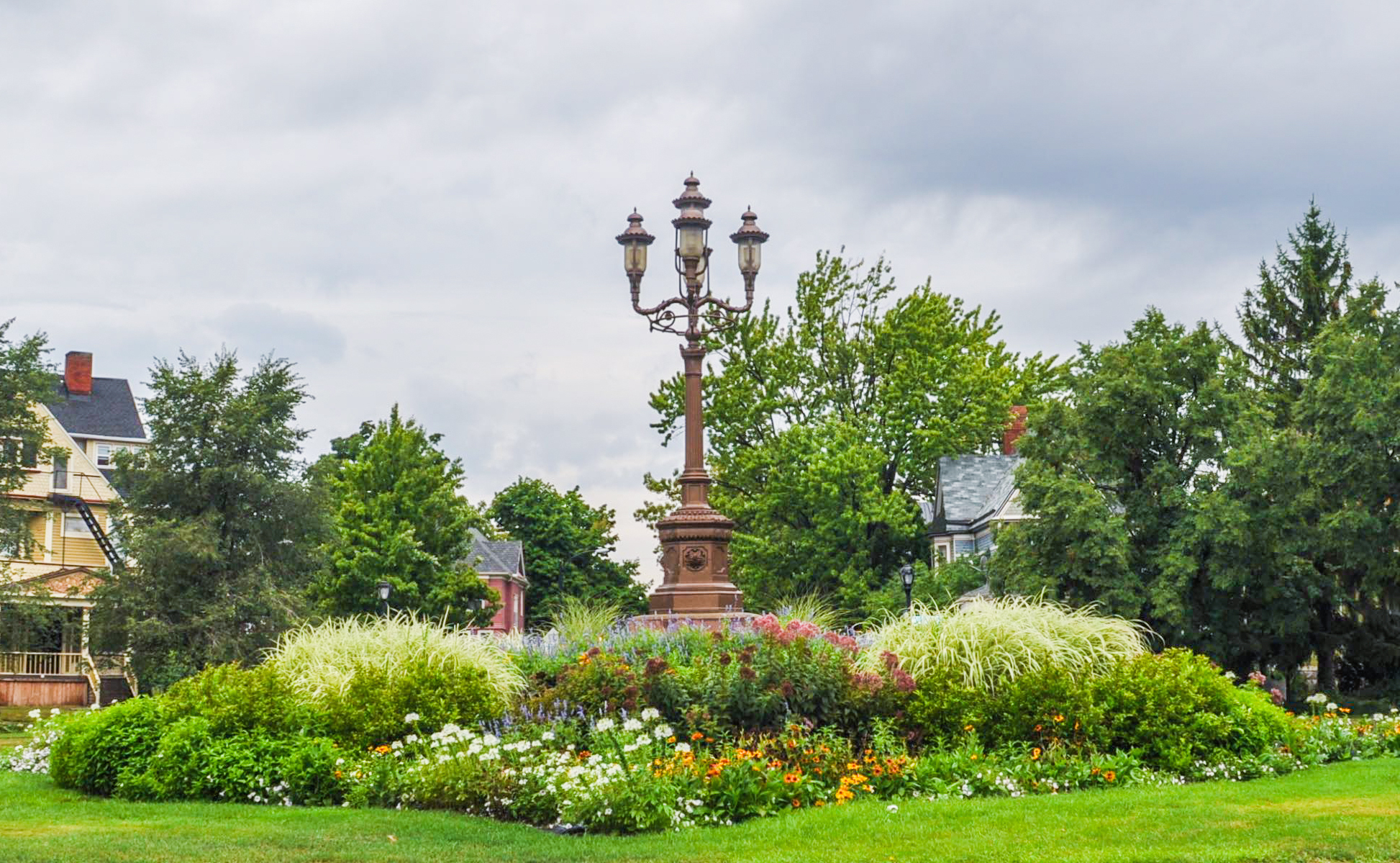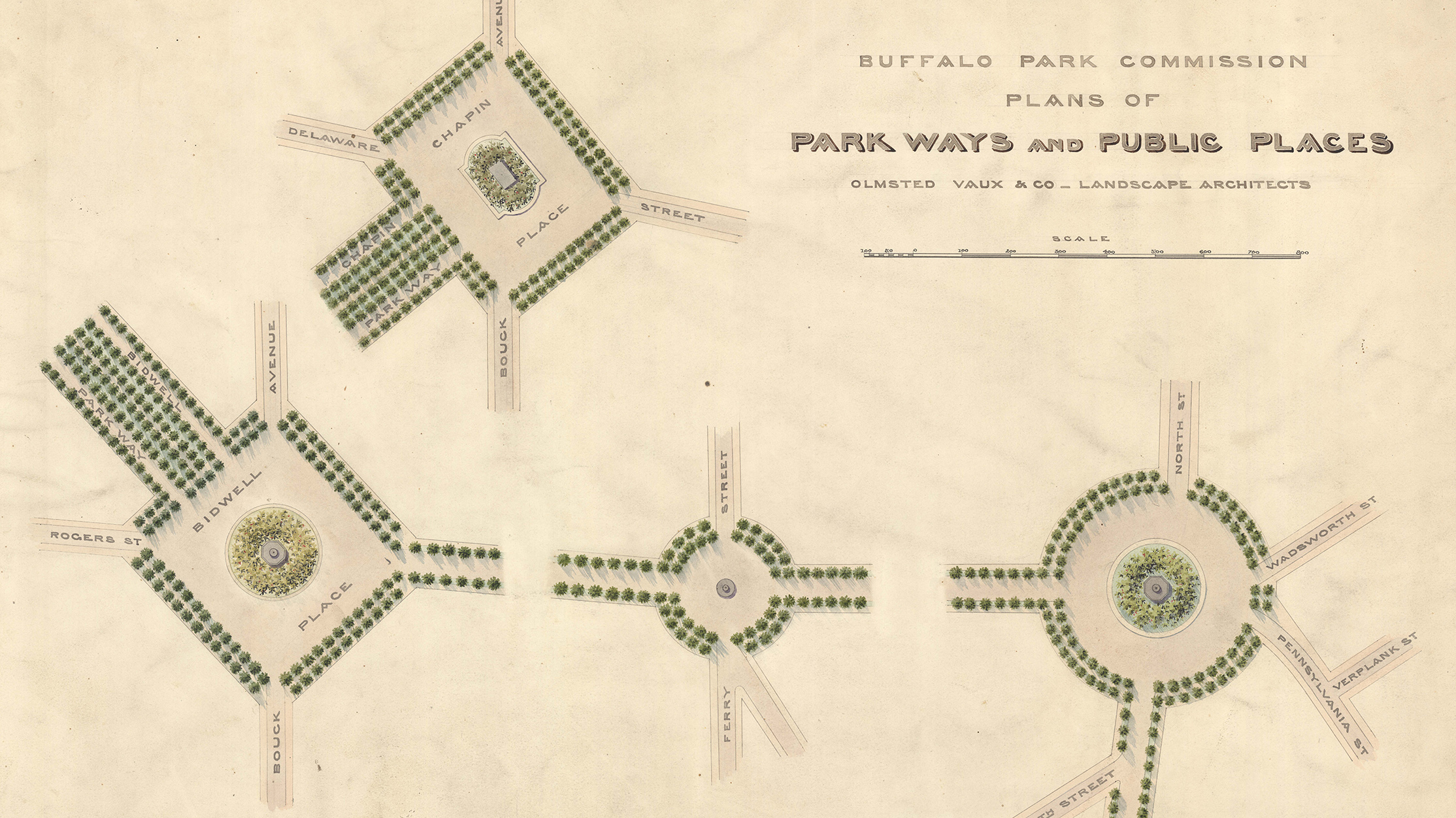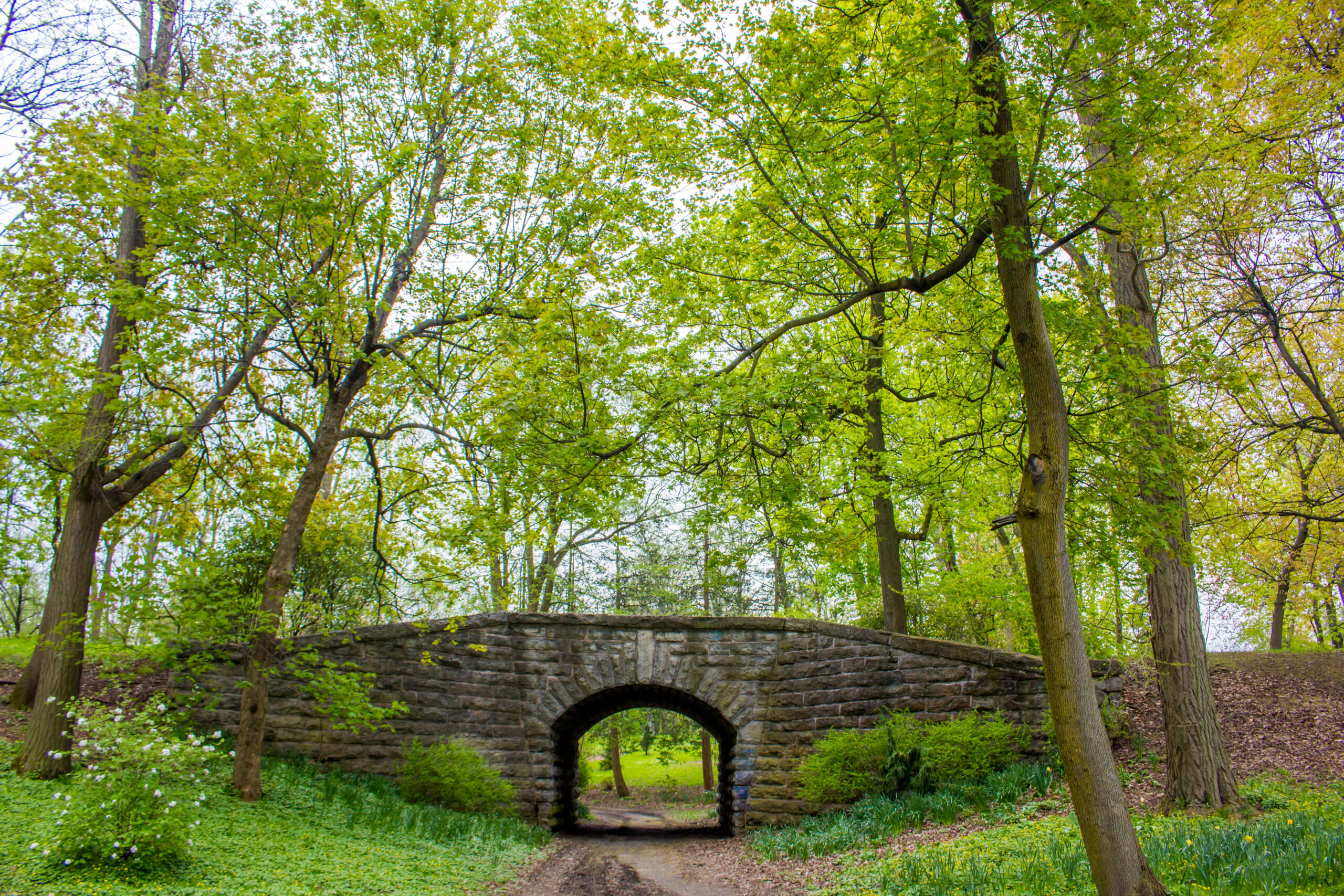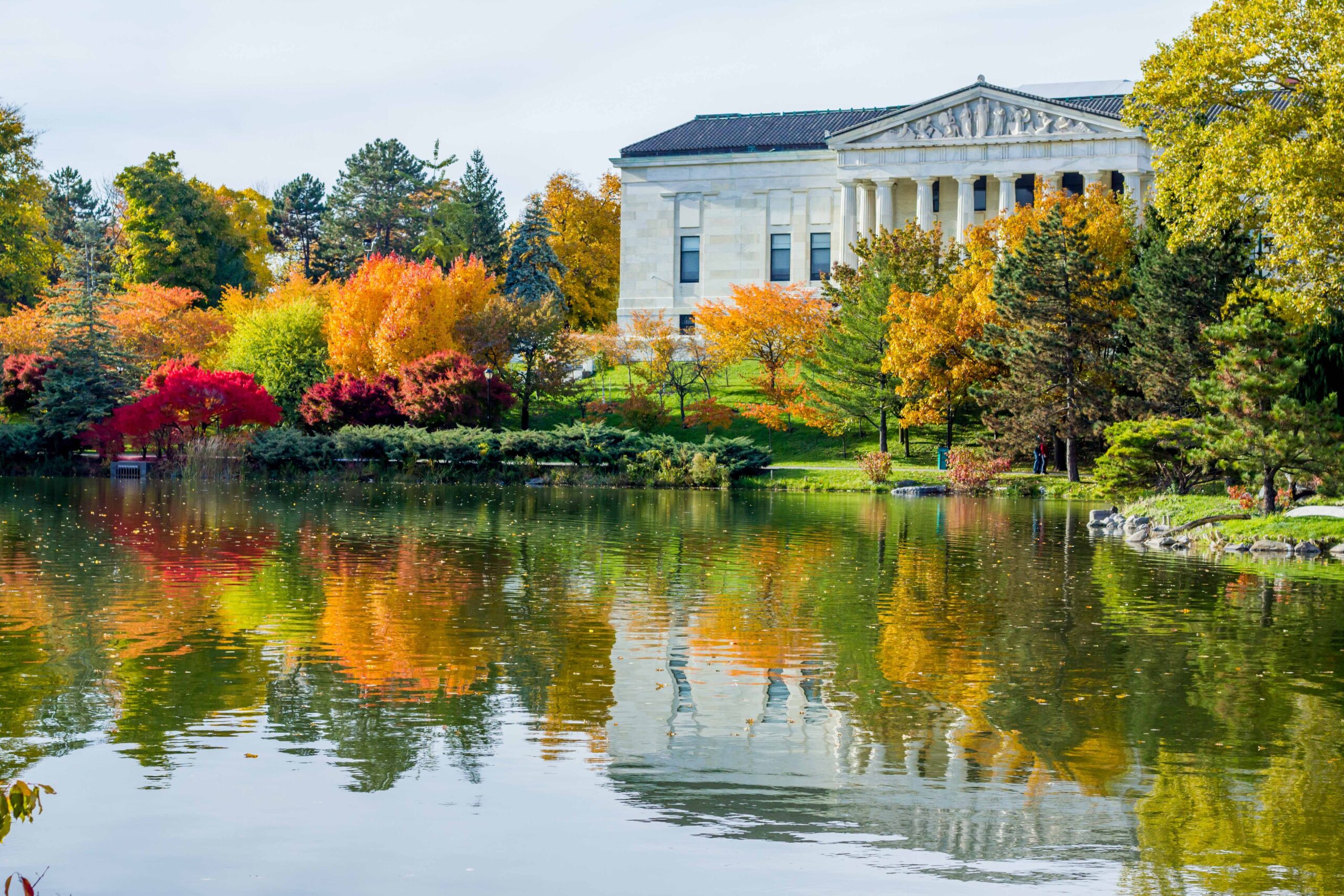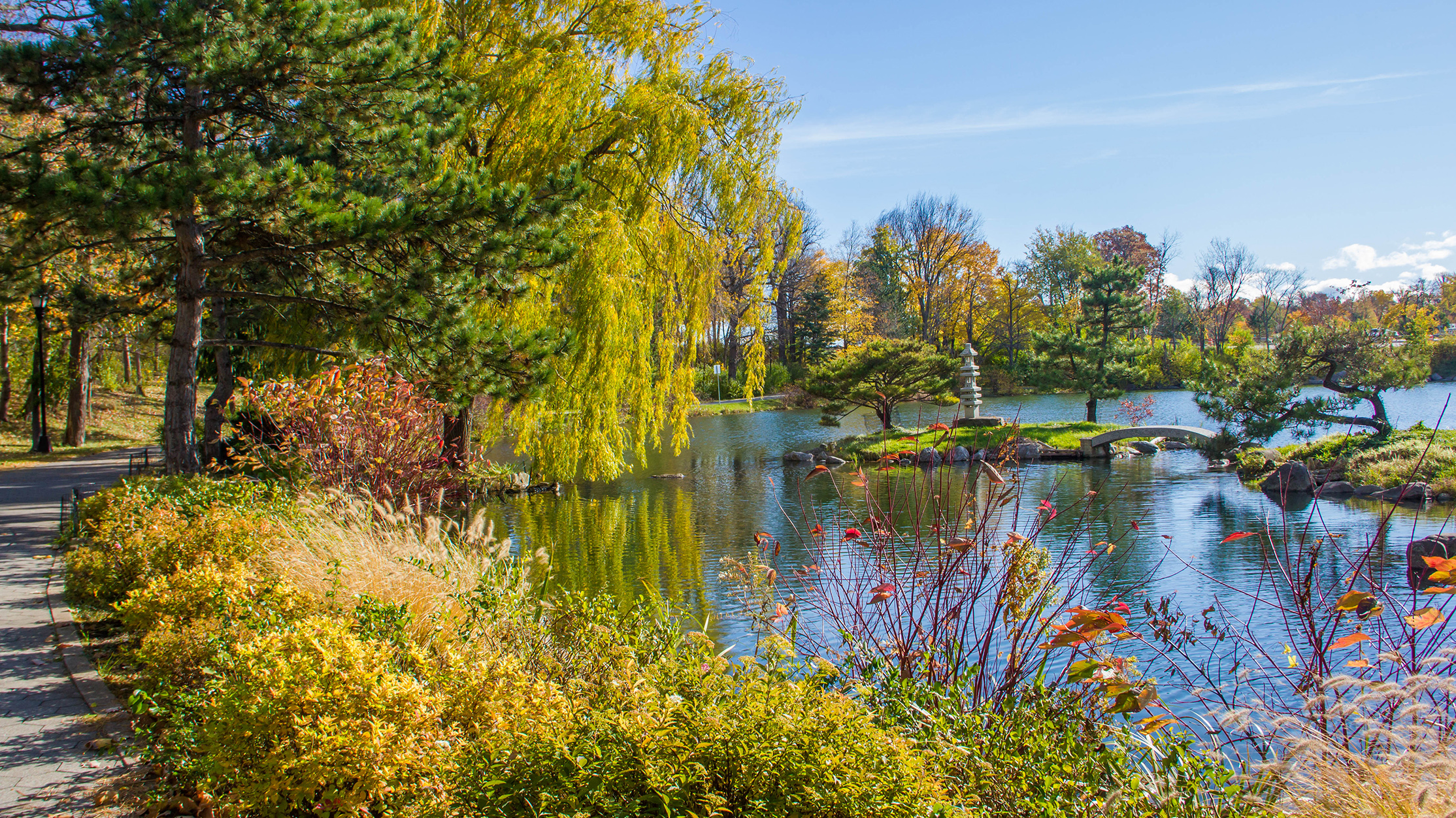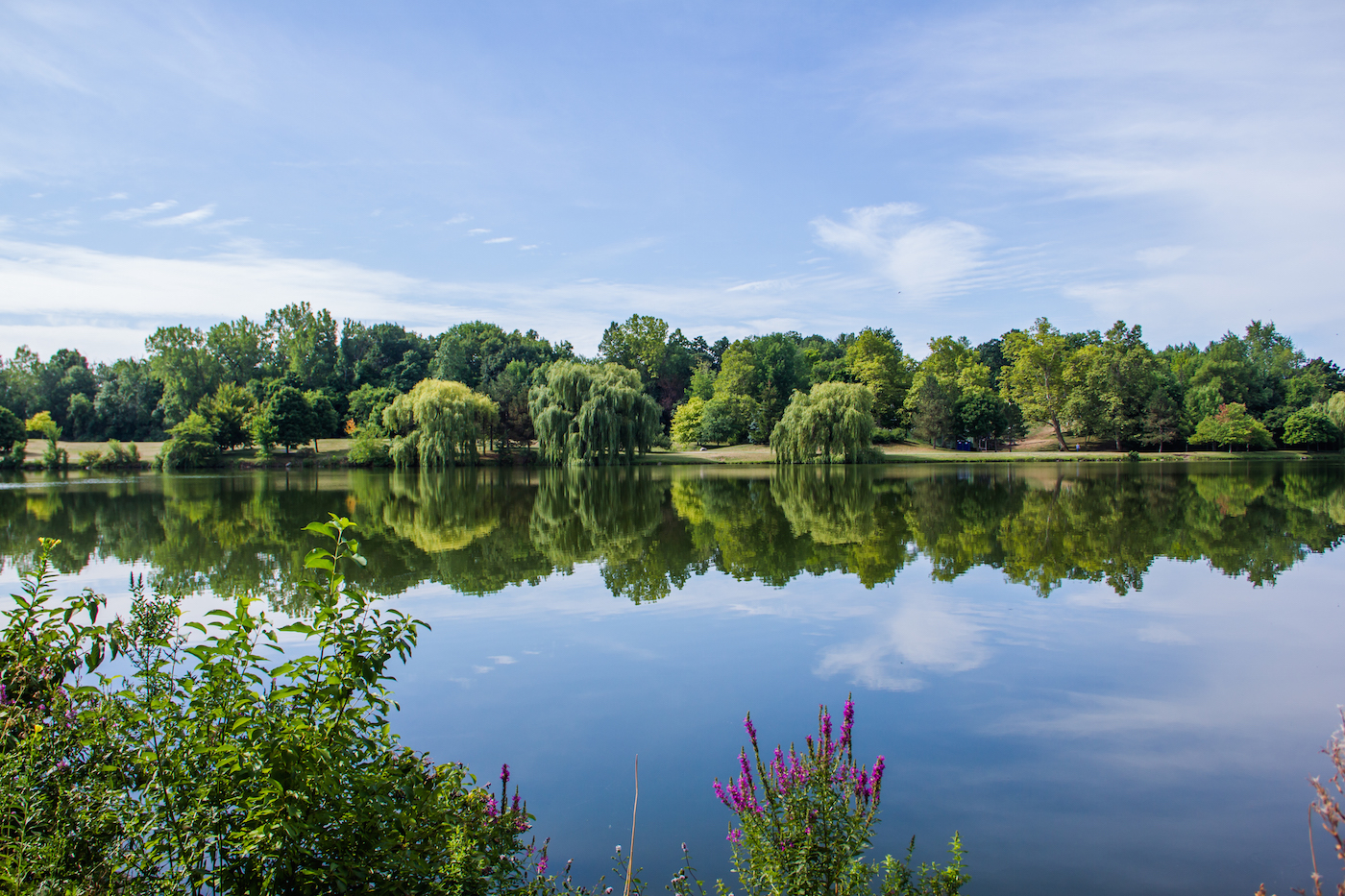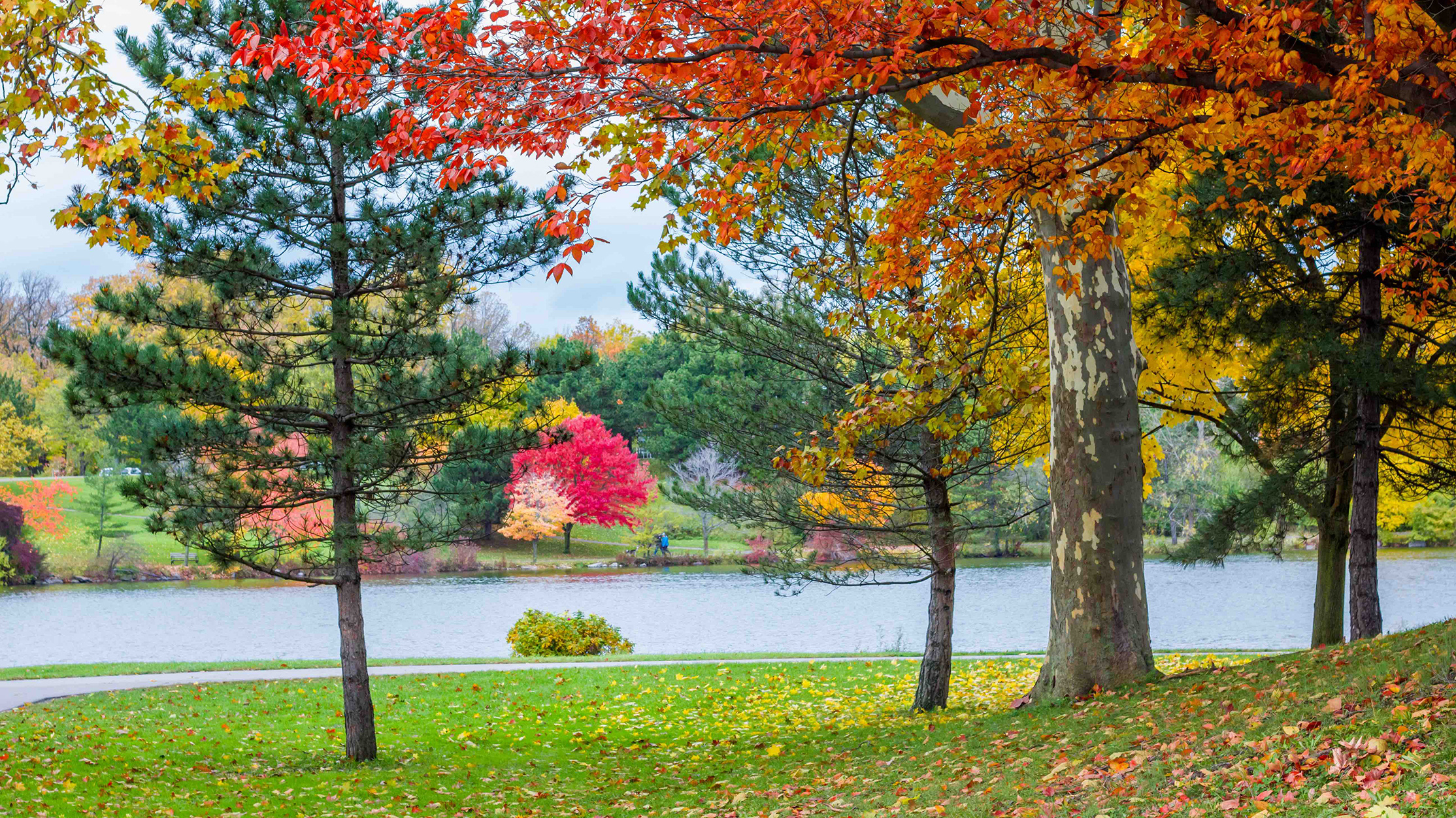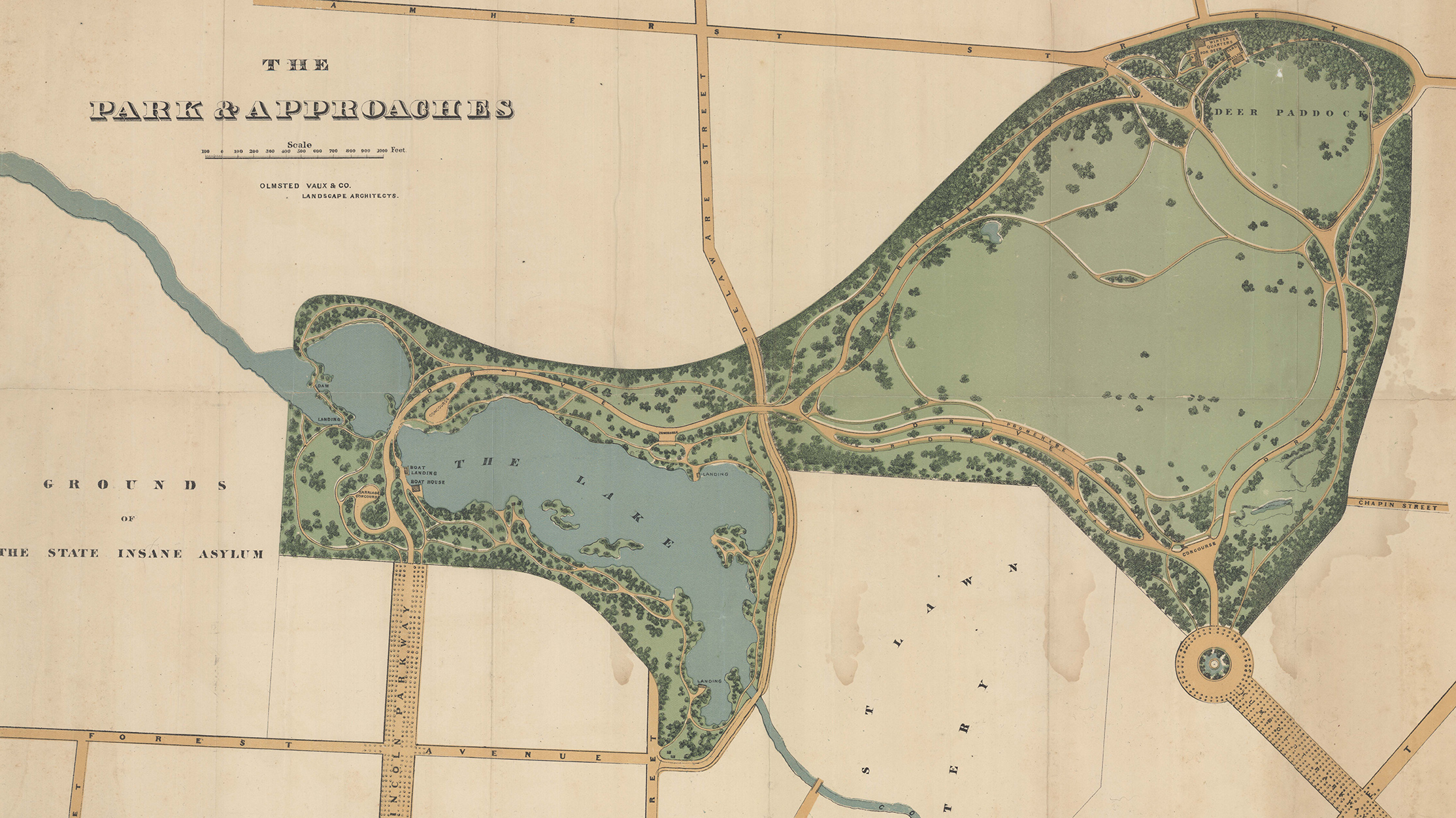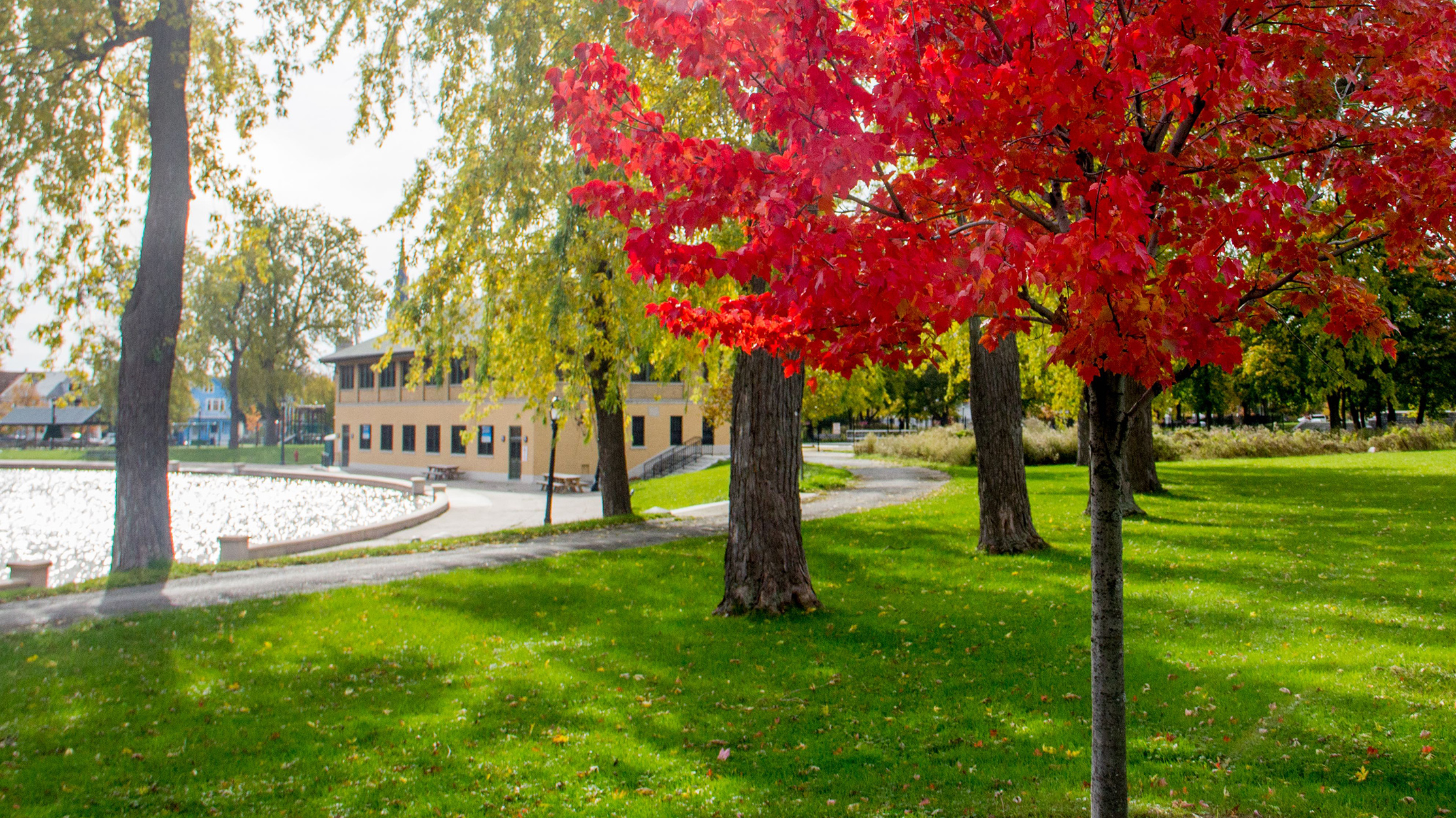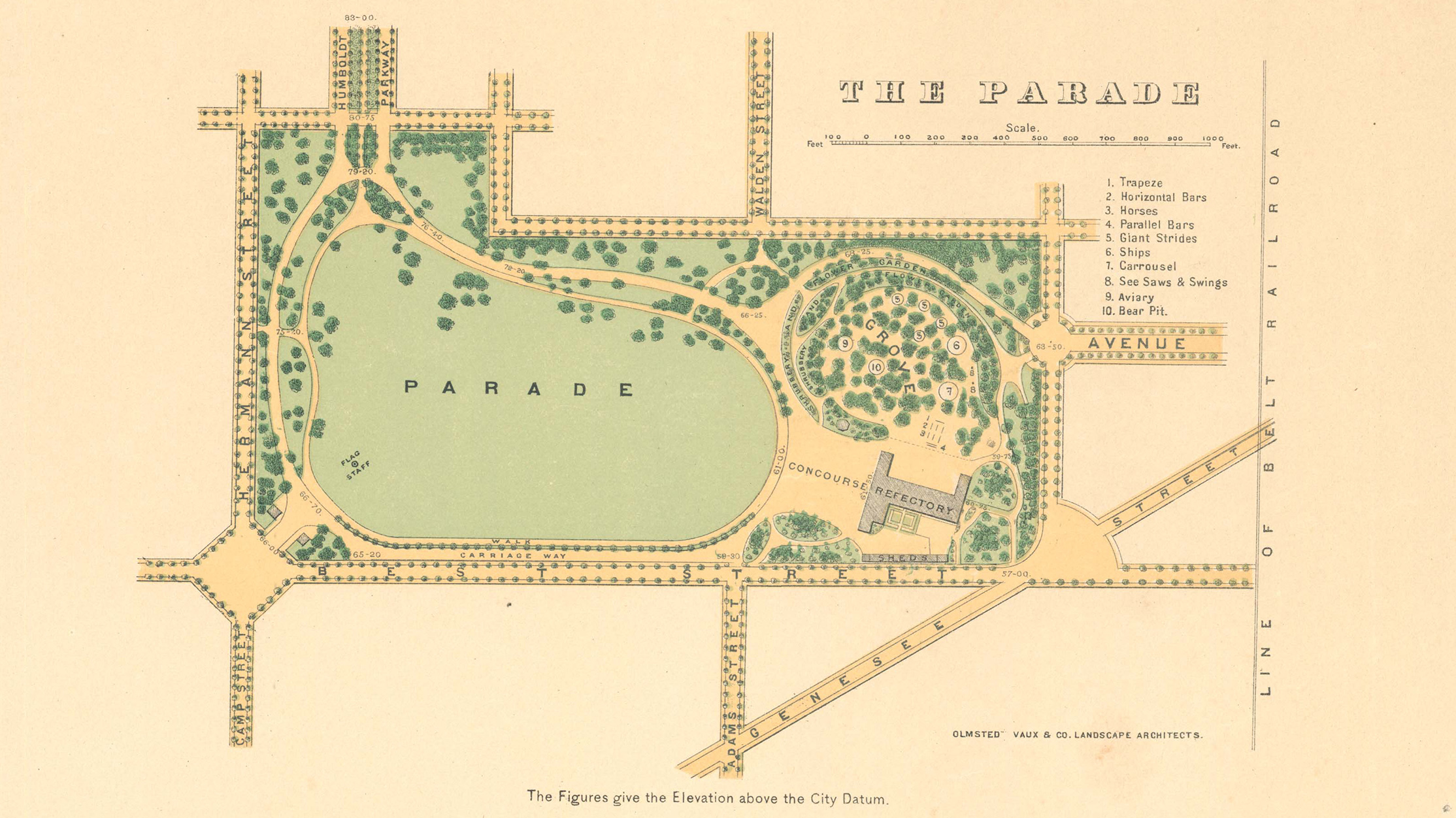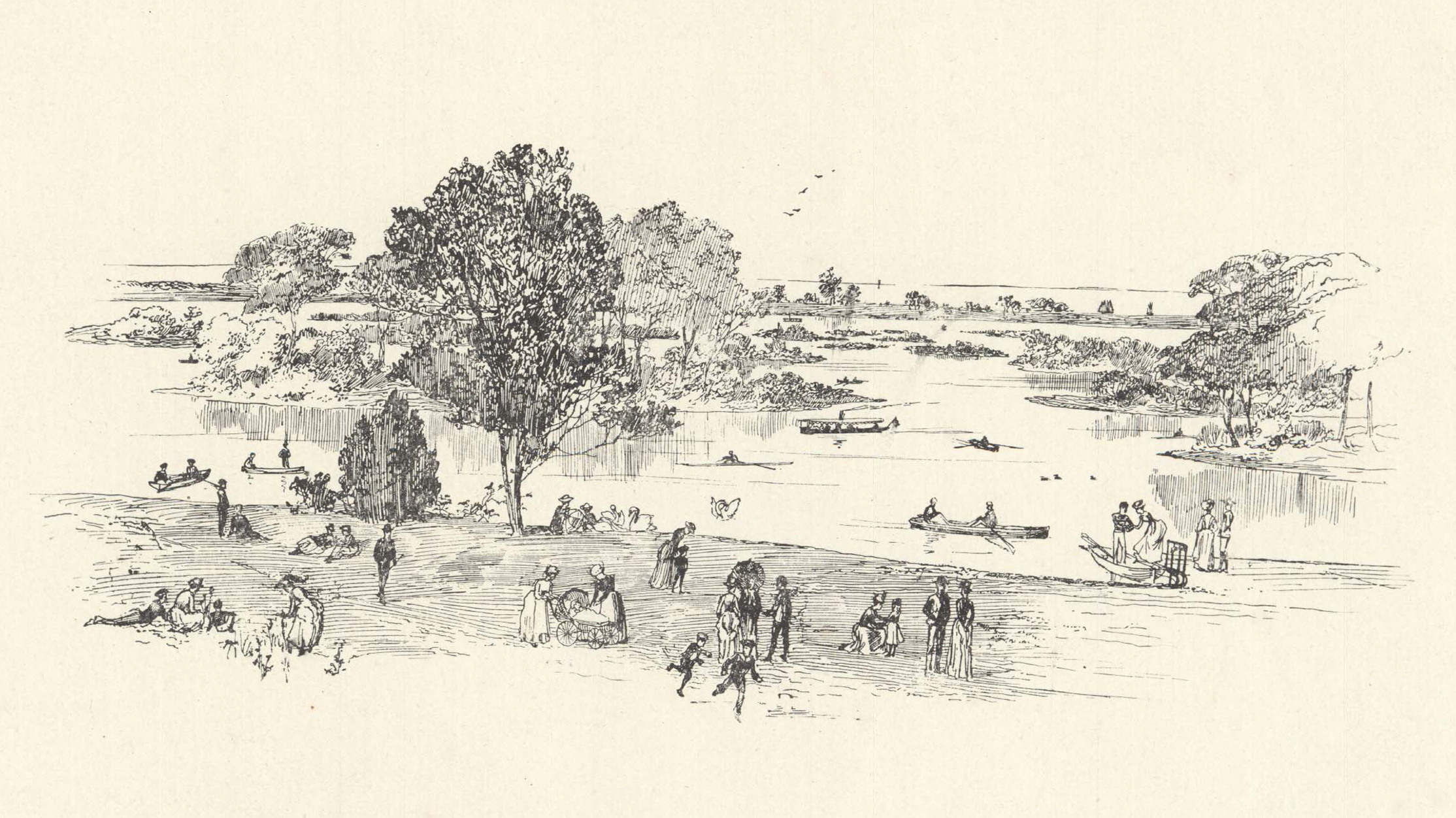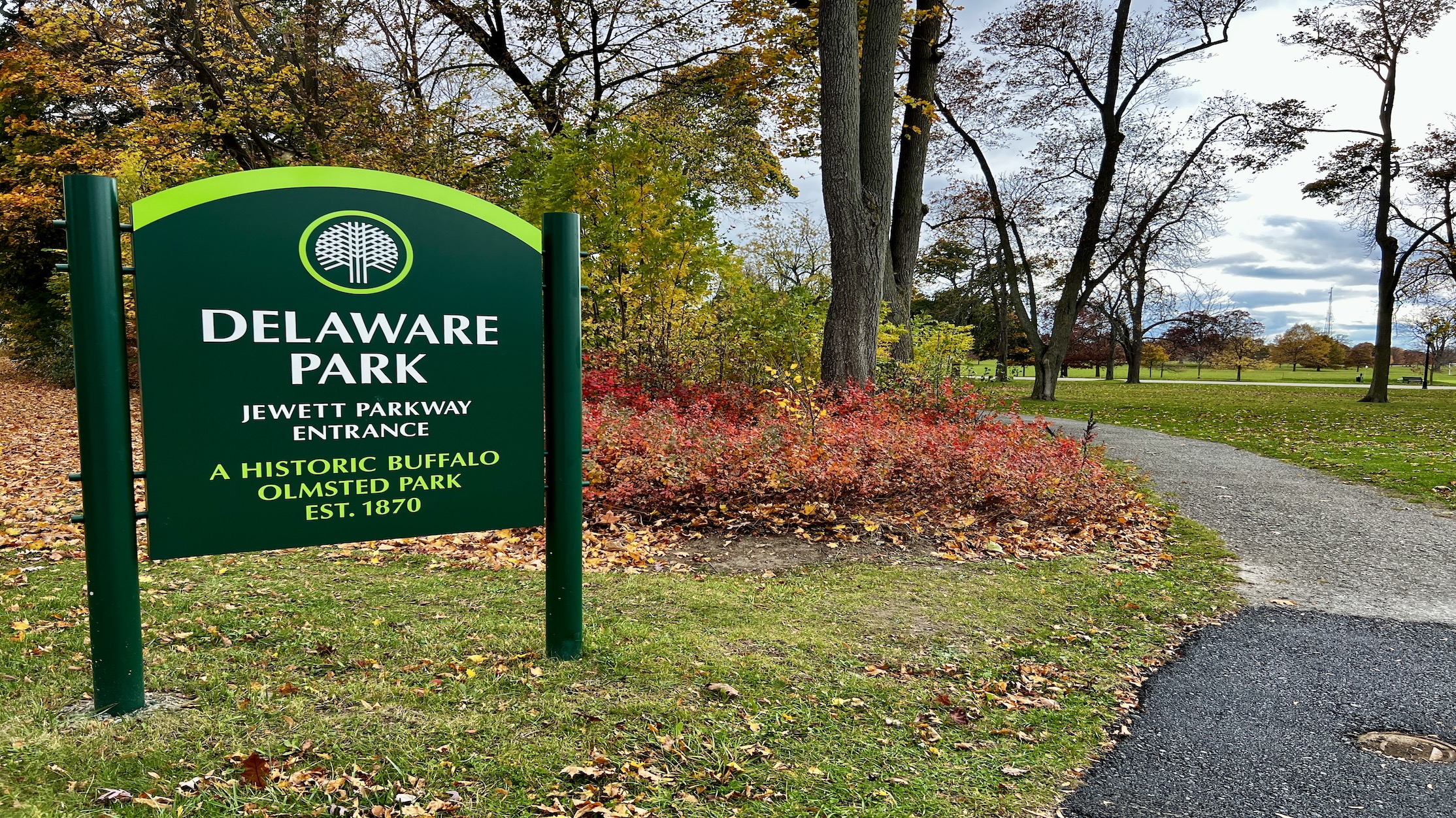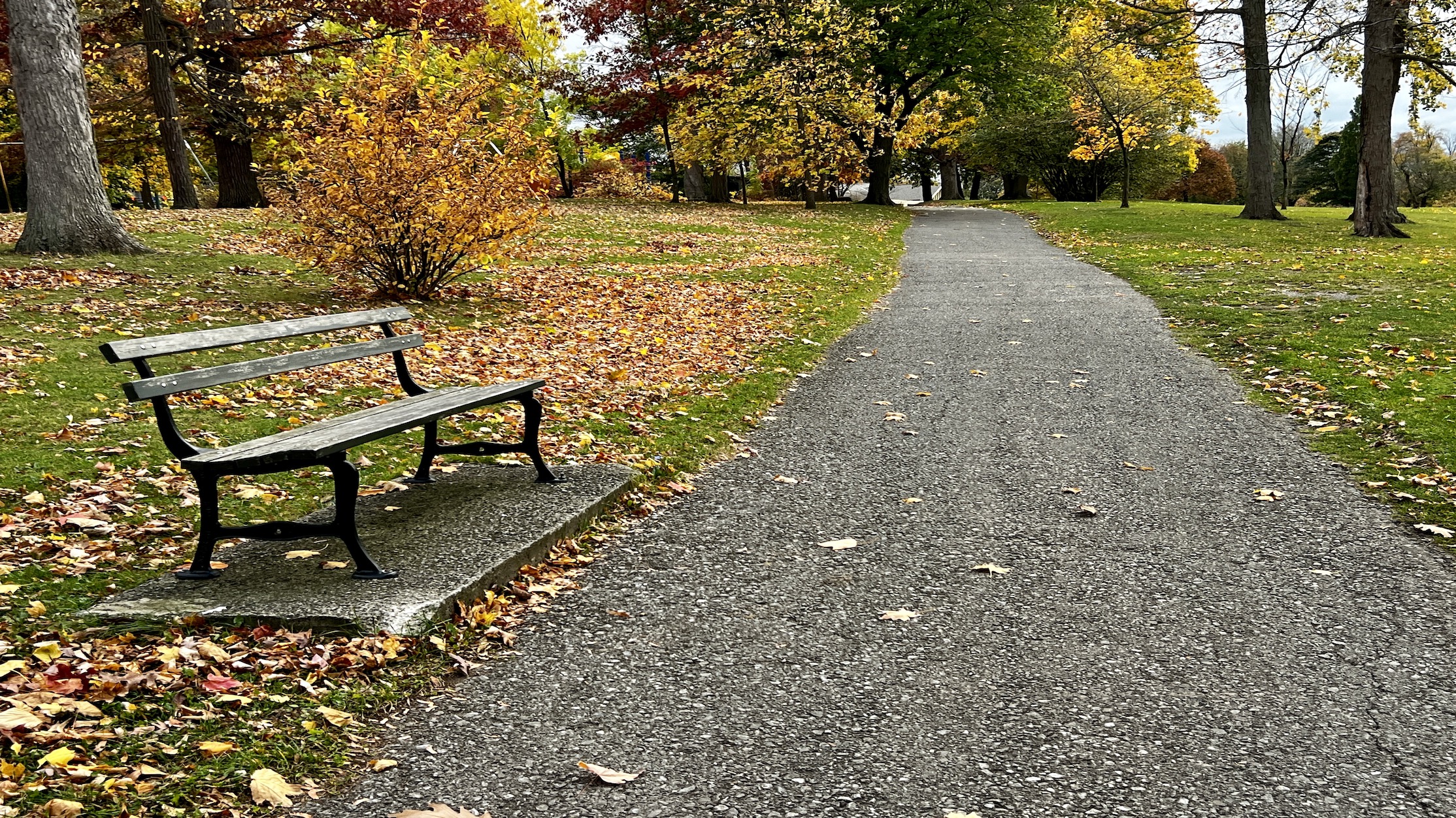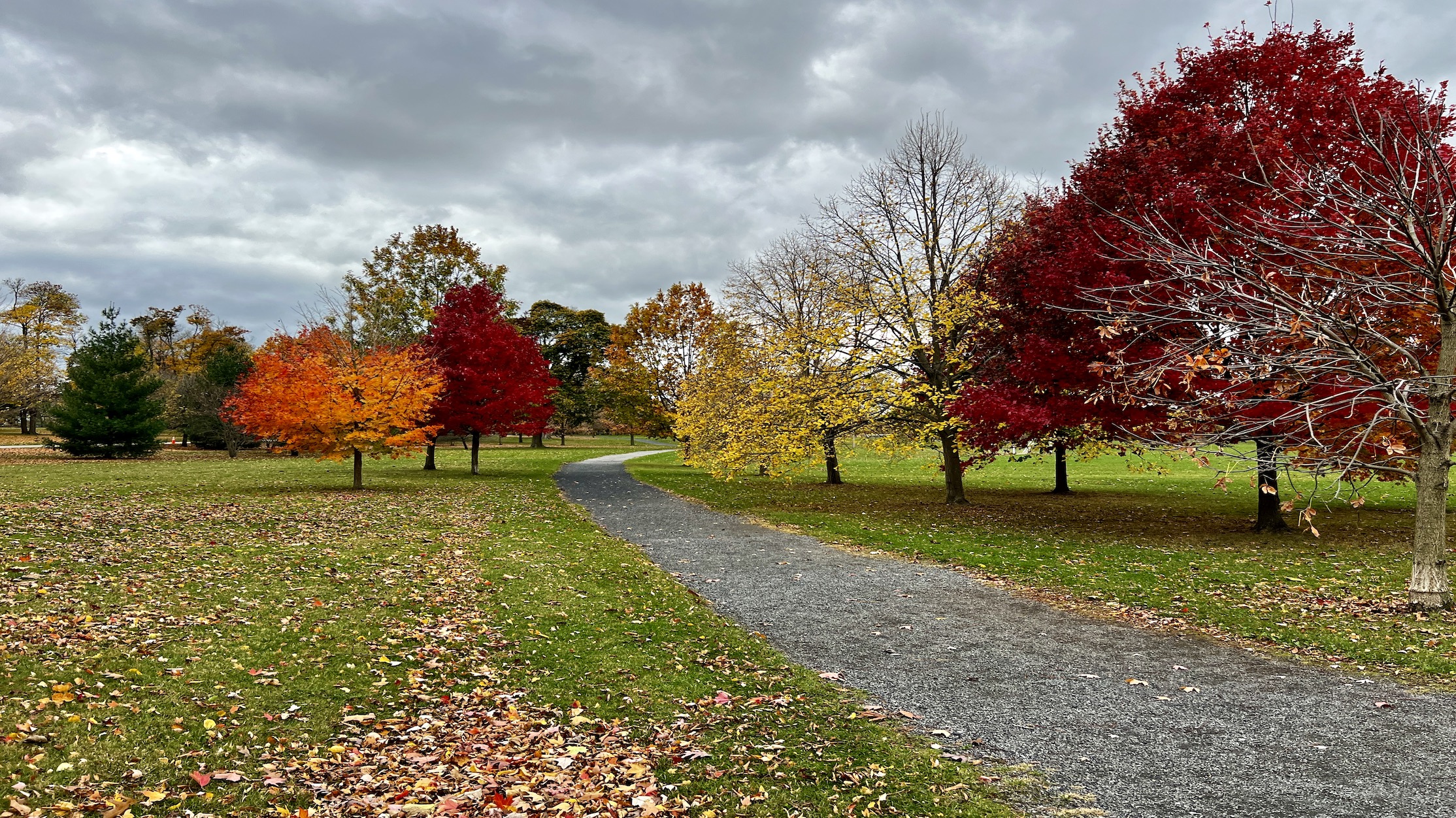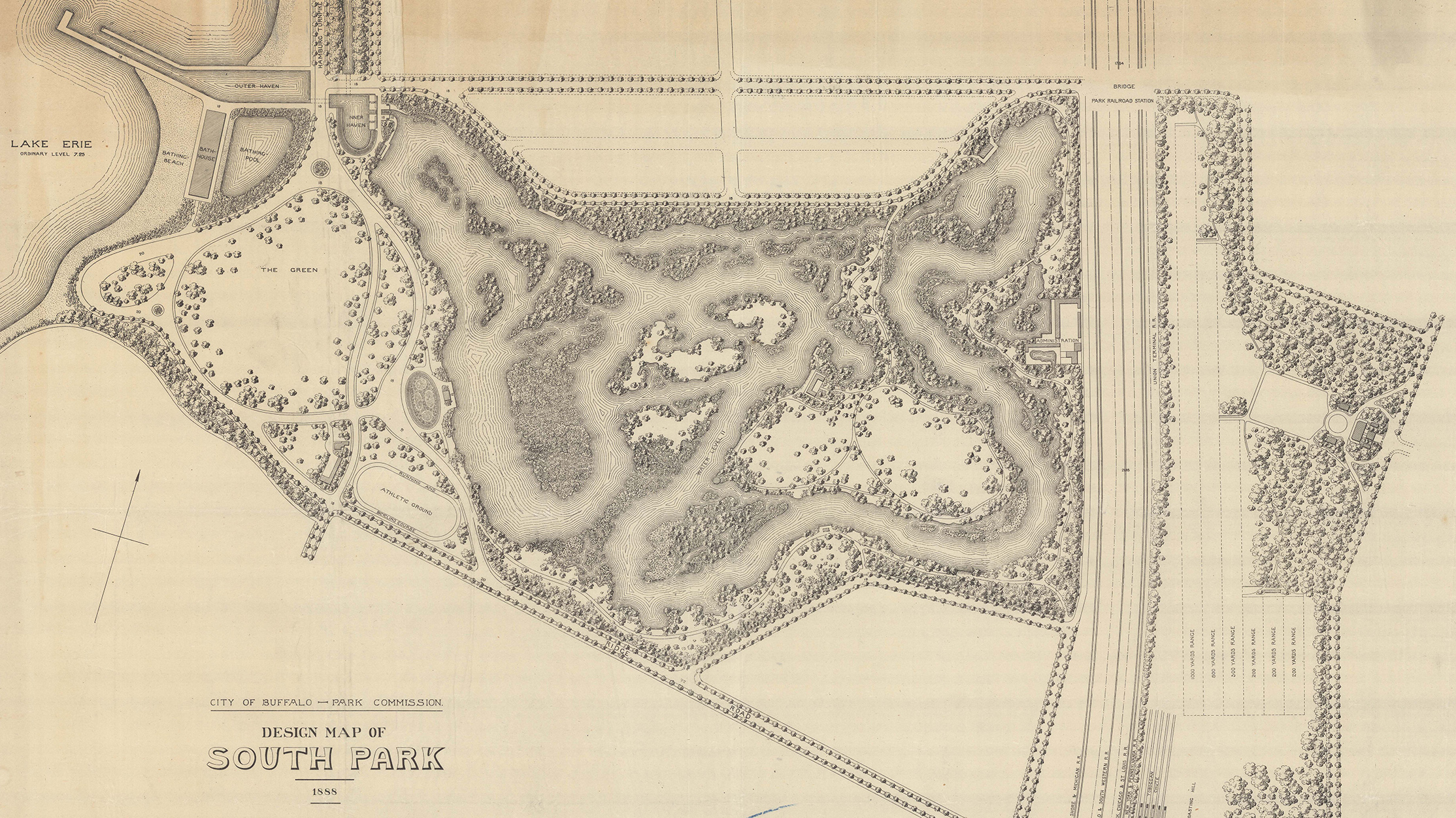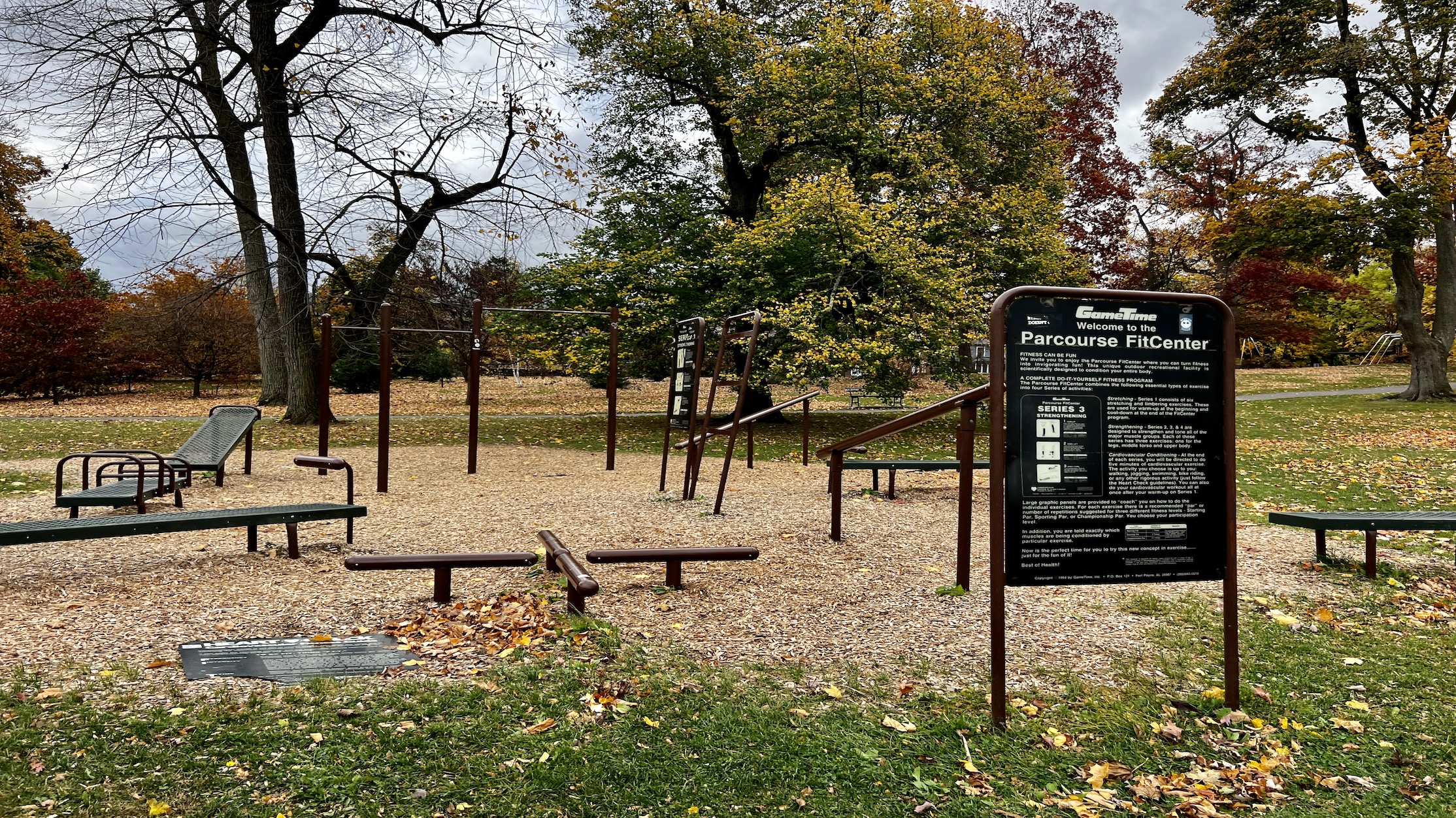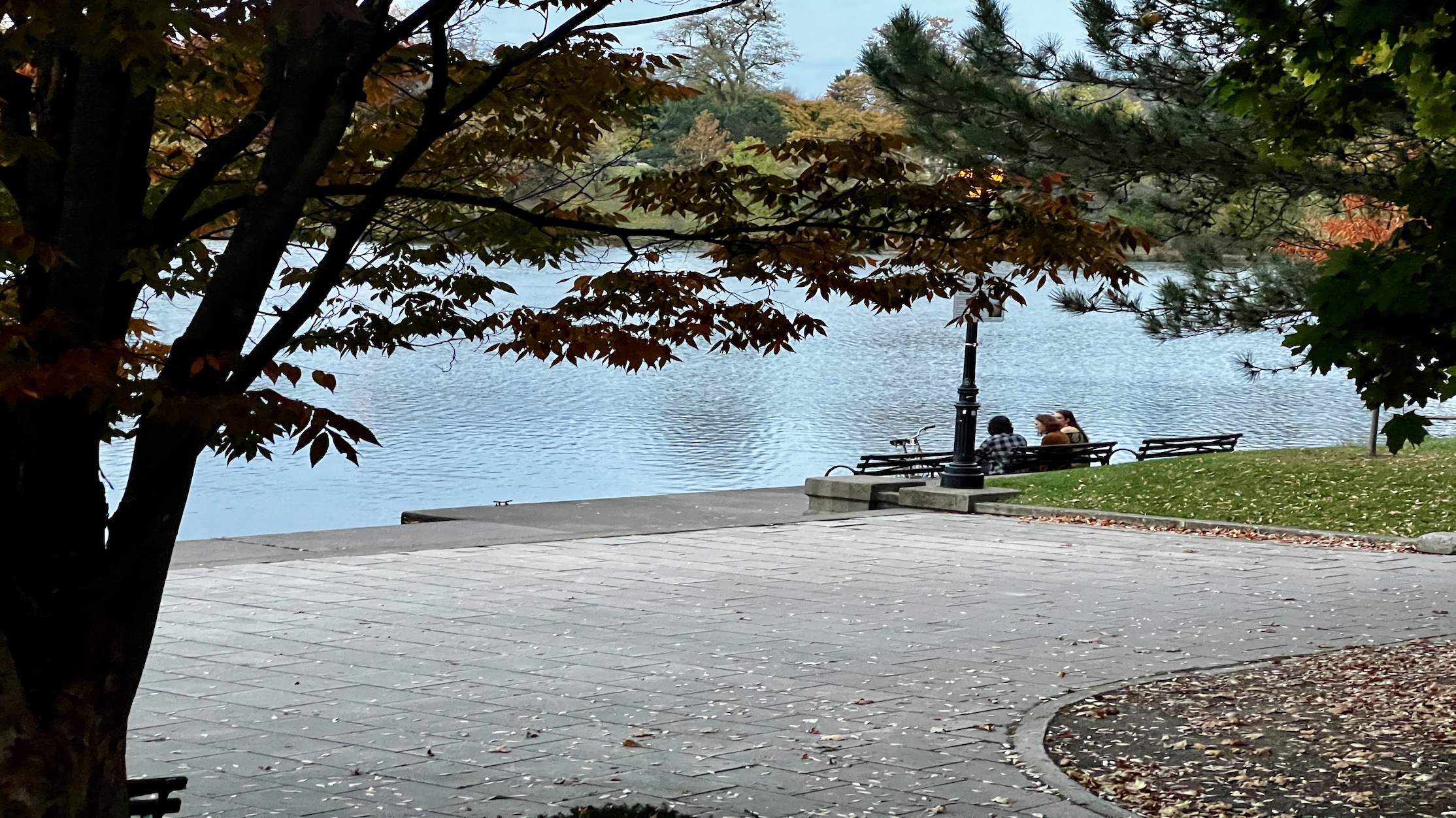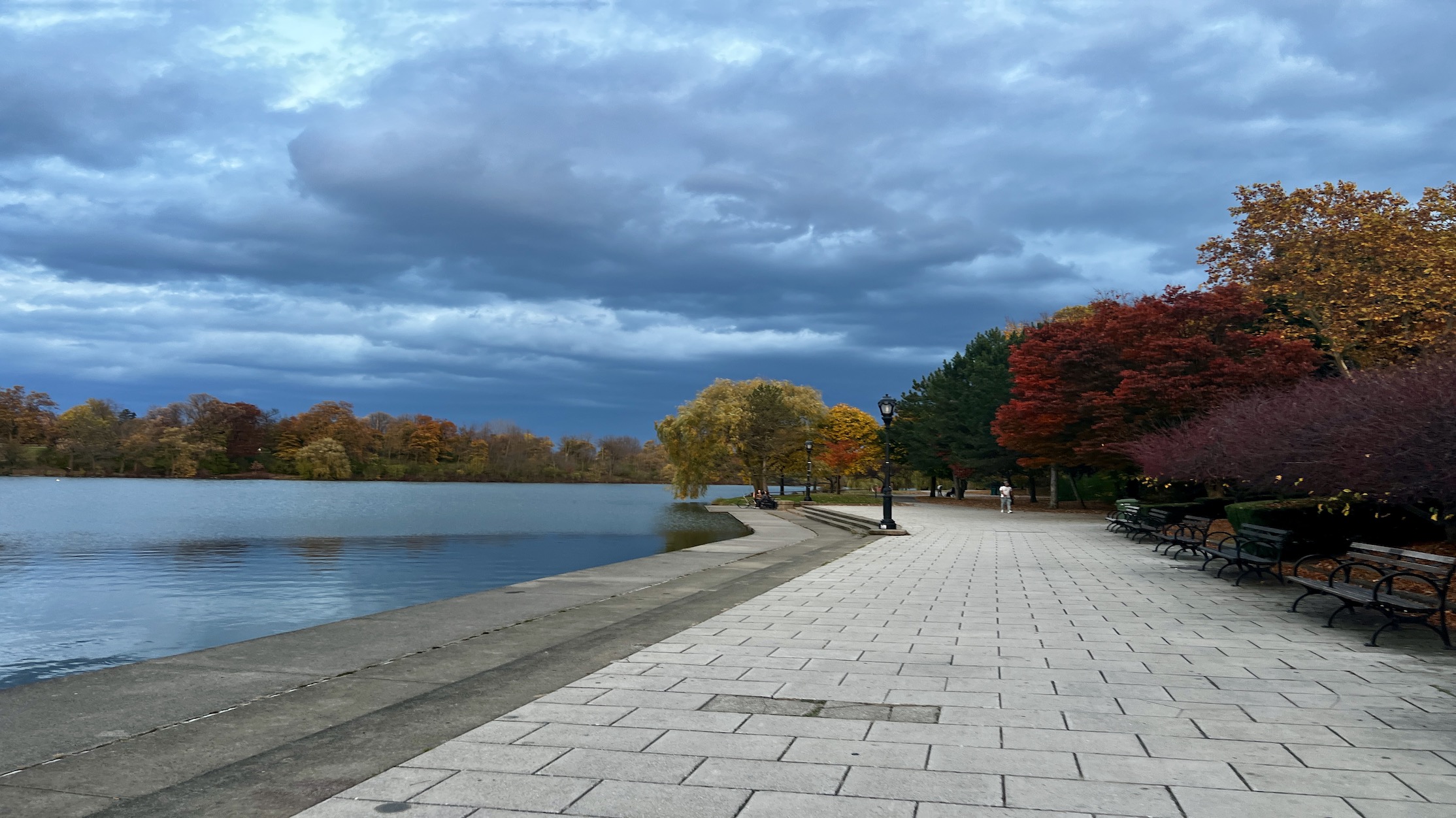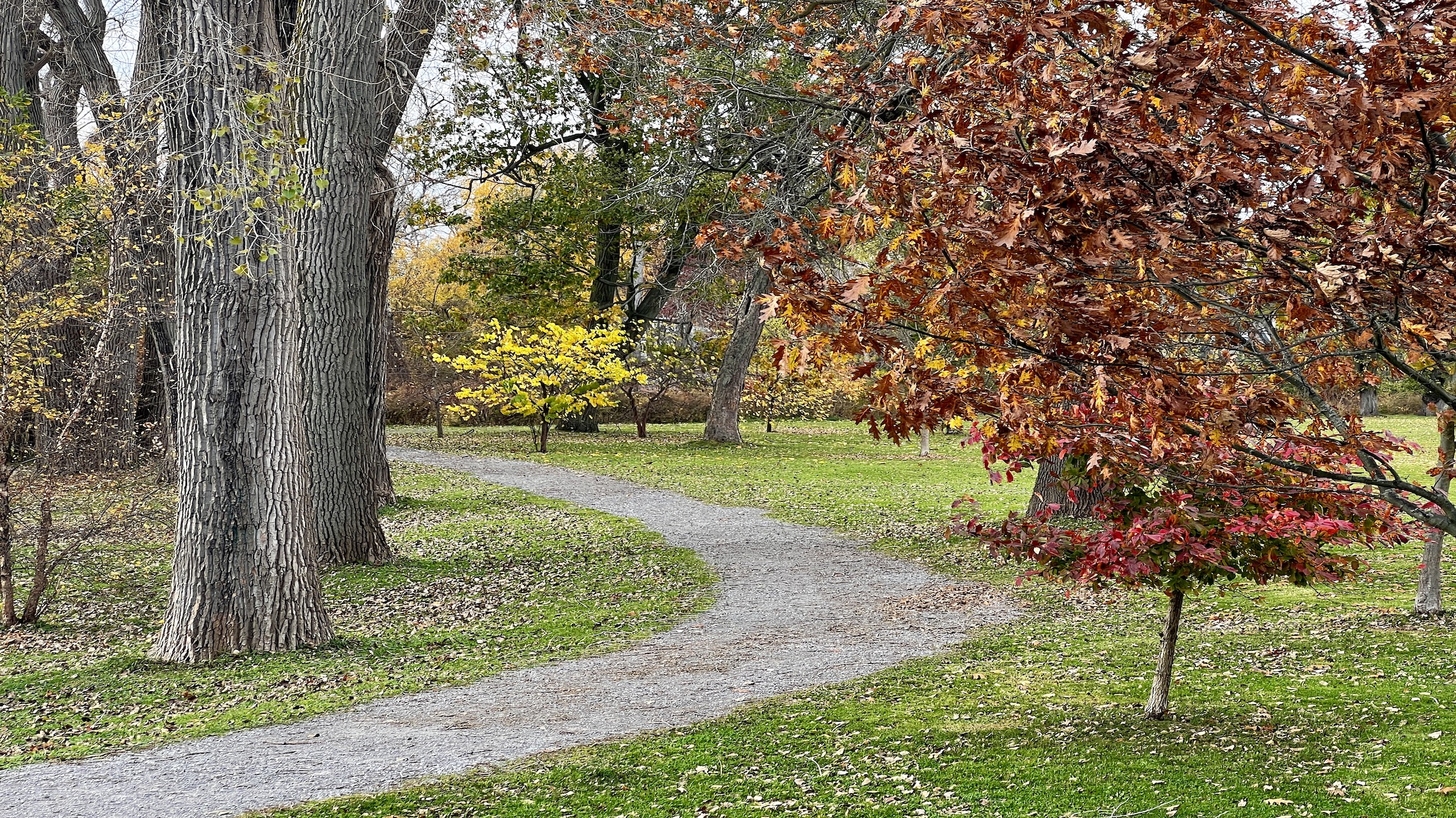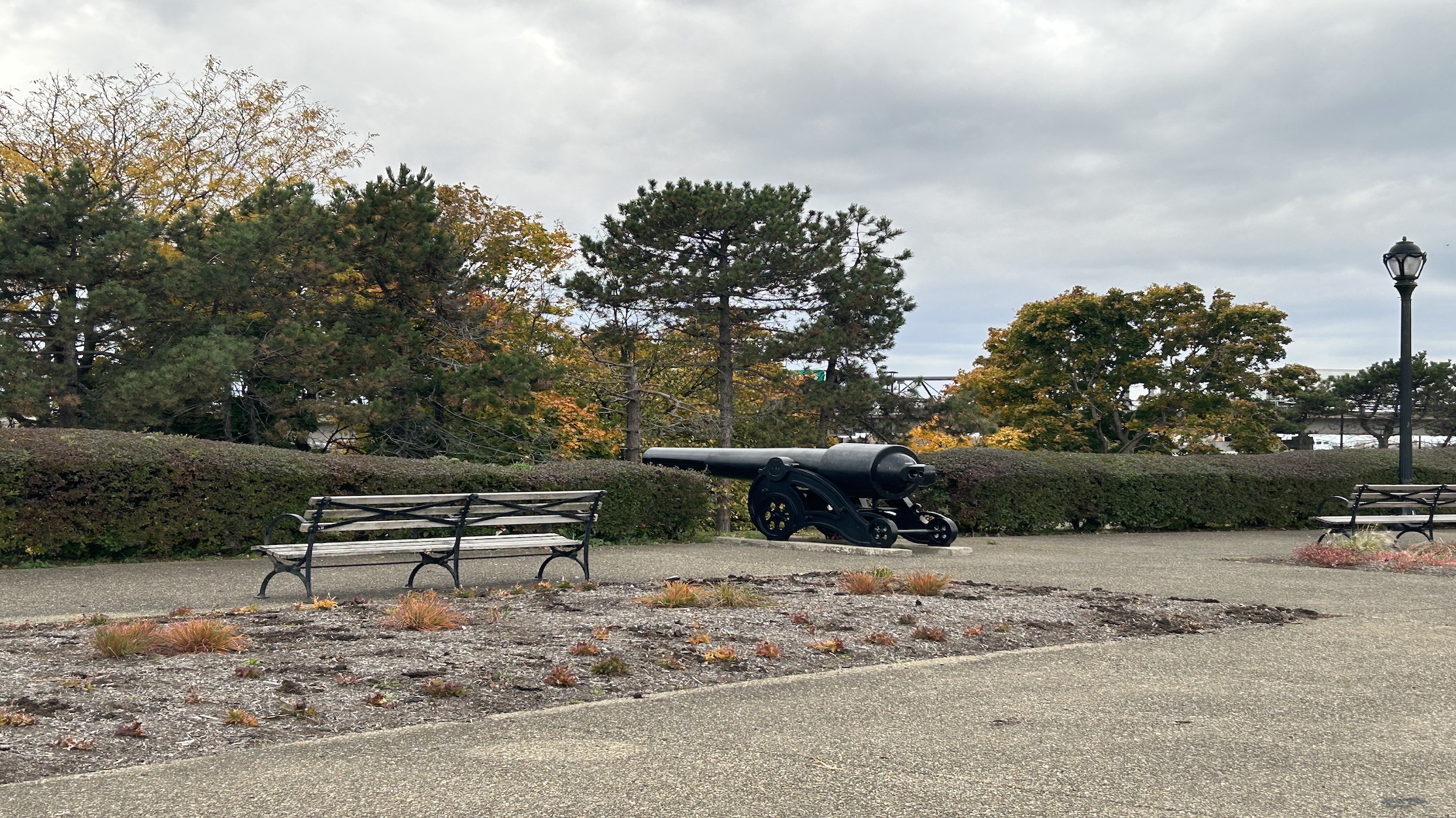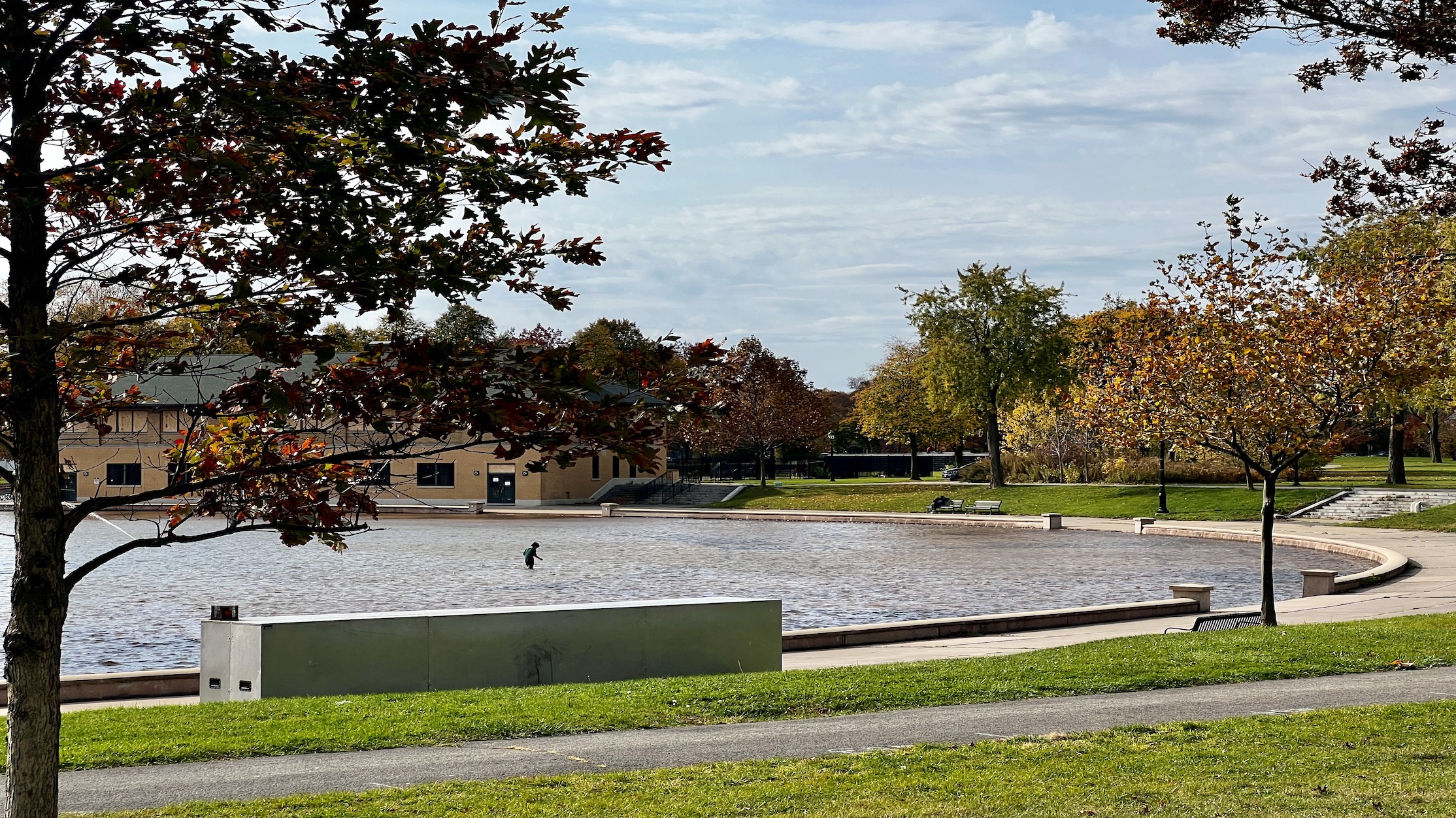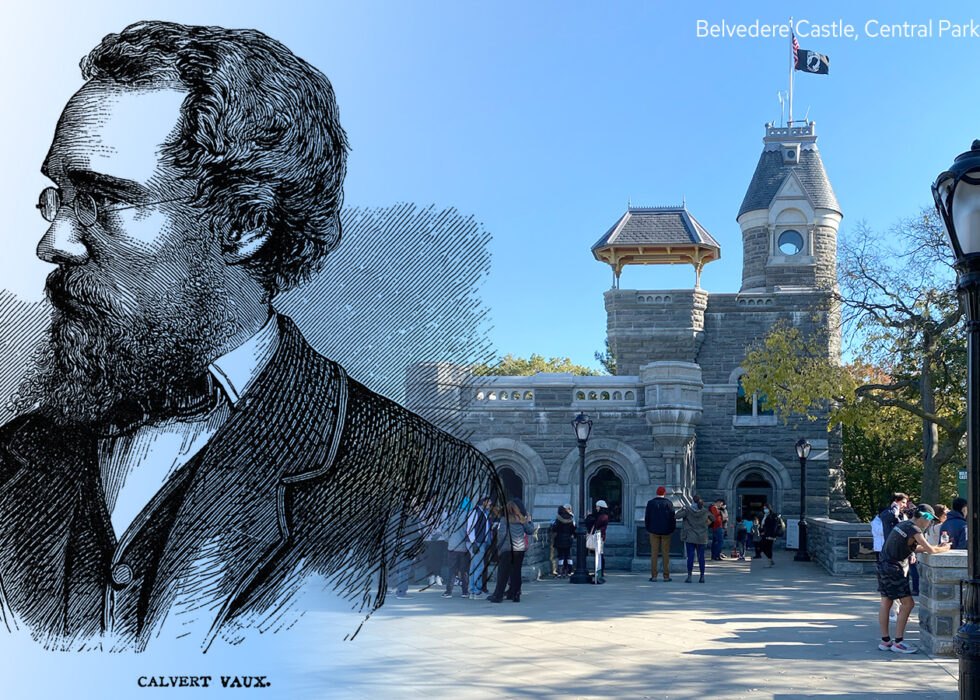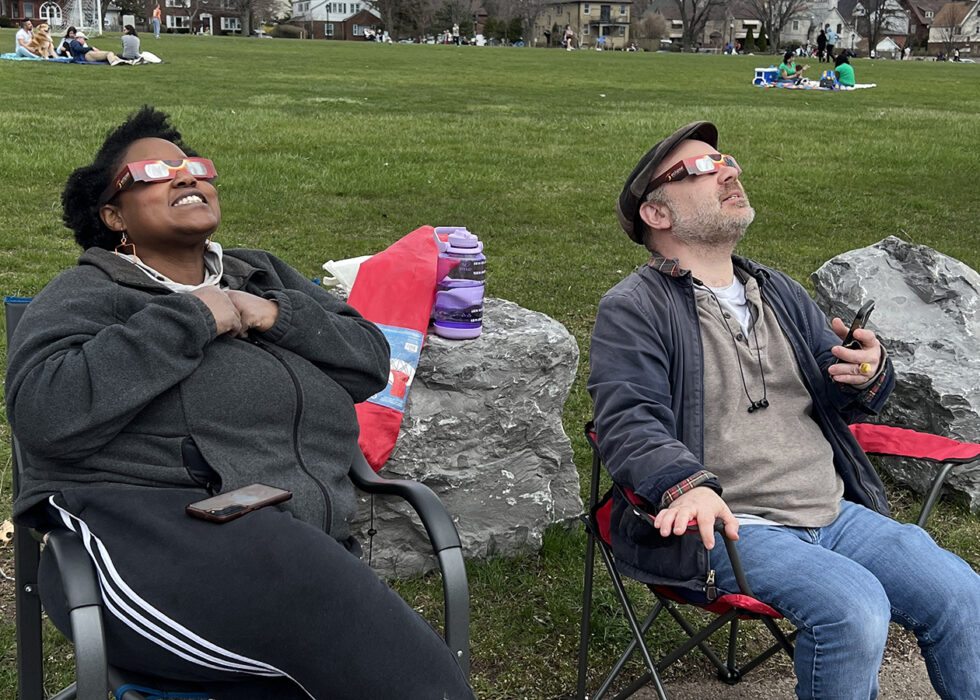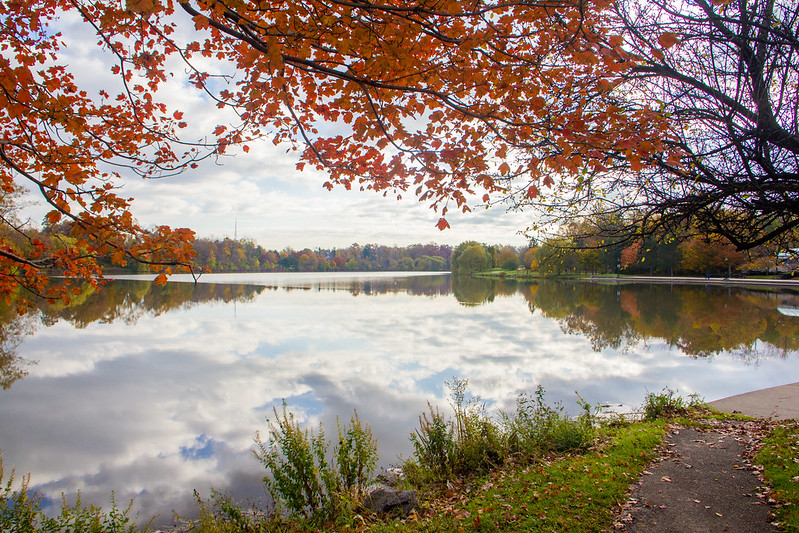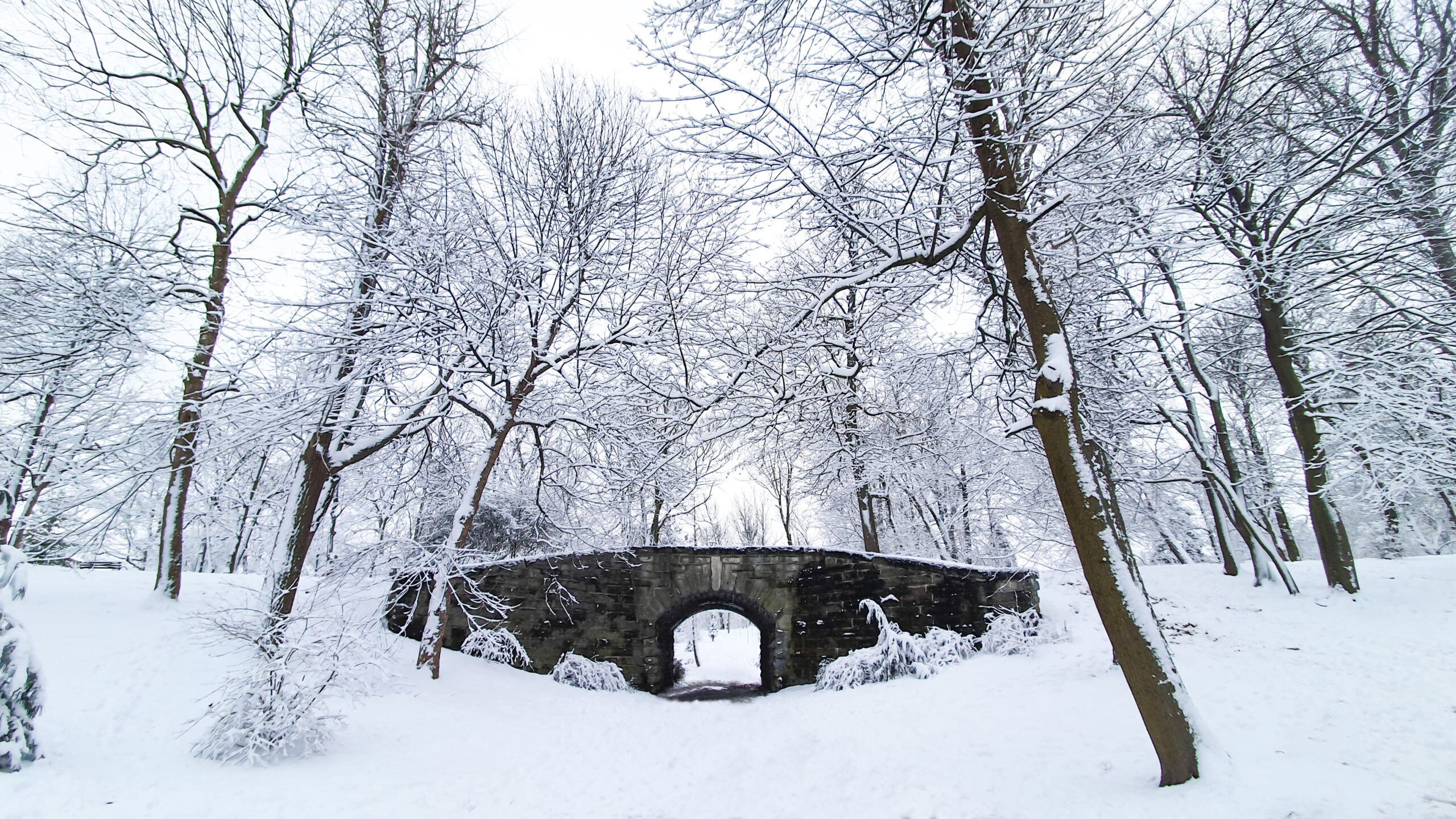
Buffalo, New York
About Buffalo Park System
Listed on the National Register for Historic Places in 1982, Buffalo’s Olmsted Park System is America’s oldest coordinated system of public parks and parkways. The system was designed by Frederick Law Olmsted and Calvert Vaux, the duo responsible for Central Park and Prospect Park.
Upon touring the city in 1868, Olmsted convinced the city’s leaders that multiple parks would better serve Buffalo’s needs. This presented an opportunity to put his ideals into practice and design his first complete park system. The Buffalo Olmsted Park System is composed of six parks, seven parkways, eight landscaped circles and several smaller spaces.
The original concept for the tree-lined parkways and avenues was to link the six main parks and integrate the park system with the city. These parkways were designed to allow visitors to travel from one park to another without leaving the serenity of these green spaces. Upon completion, the Buffalo parkways were 200-feet wide and planted generously with 4 rows of trees. Olmsted wanted these areas to be “more park-like than town-like.”
The first three parks—now called Delaware Park, Front Park and Martin Luther King Jr. Park—served different purposes, offering a naturalistic landscape, a public ceremonial place and a military drill ground, respectively.
Over the years, Olmsted and the firm extended the park system into the southern parts of the city—South Park and Cazenovia Park— to fulfill the needs of those who could not easily access the three original parks. Soon after, Riverside Park was developed to spotlight the glory of the Niagara riverfront.
Today, Buffalo Olmsted Parks Conservancy continues to promote, preserve, restore, enhance and ensure the maintenance of 850 acres of this historic landscape.





